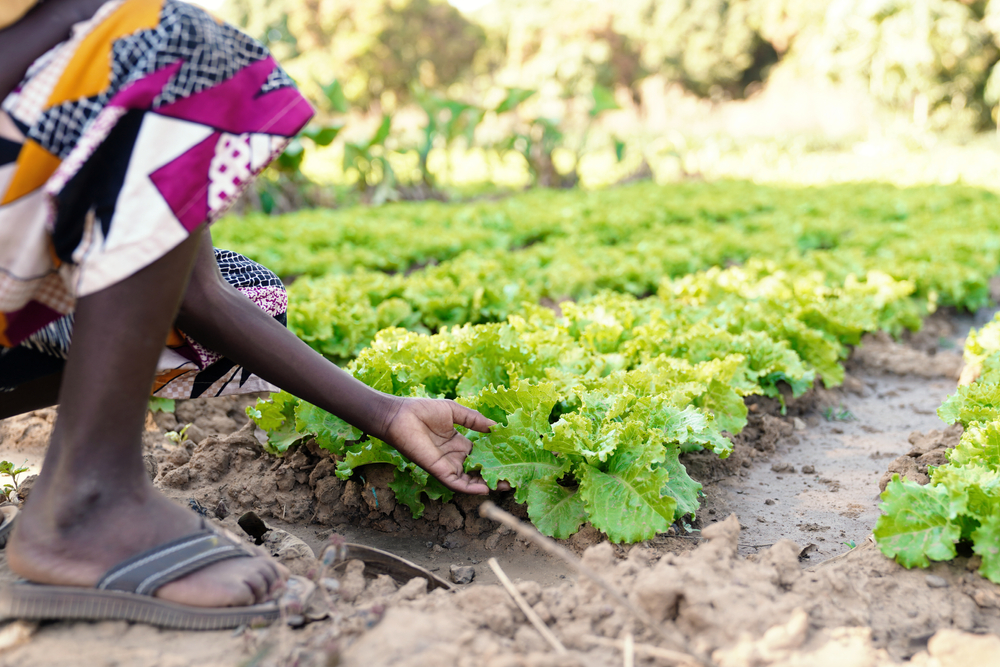Part of the Food Policy Snapshot Series
Policy name: FAO Strategic Priorities for Food Safety
Overview: The Food and Agriculture Organization of the United Nations (FAO) has released its food safety priorities to focus on through 2031.
Location: Global
Population: 8 billion
Food policy category: Food safety, food security, nutrition
Program goals: To improve global food safety in order to increase food security, nutrition, and health.
How it works: The strategic priorities focus on the four strategic outcomes below, with strategic actions for the FAO and its partner organizations to take in order to achieve each one.
- Intergovernmental and multi-stakeholder engagement
- Scientific advice and evidence used for decision-making
- Strengthened and improved national food control systems
- Public and private stakeholder collaboration
The strategic actions and outcomes will support the UN’s Sustainable Development Goals (SDGs), specifically:
- SDG 1: No poverty
- SDG 2: Zero hunger
- SDG 3: Good health and well-being
- SDG 6: Clean water and sanitation
- SDG 8: Decent work and economic growth
- SDG 12: Responsible consumption and production
- SDG 13: Climate action
- SDG 17: Partnerships.
Additionally, the strategic priorities will support three of FAO’s Strategic Framework priority areas:
- Better Nutrition 3: Safe food for everyone
- Better Nutrition 5: Transparent markets and trade
- Better Production 3: One Health.
Progress to date: The Strategic Priorities for Food Safety were developed in response to a request from the 27th Session of the FAO Committee on Agriculture (COAG), held September 28 through October 2, 2020. The priorities were approved by the 171st Session of the FAO Council in December 2022 and published in March 2023.
Why it is important: Unsafe foods contaminated with bacteria, viruses, parasites, or harmful chemical substances can cause more than 200 diseases of varying severity. The World Health Organization (WHO) states that each year foodborne illness affects 600 million people worldwide and results in 420,000 deaths, with children under the age of five comprising 40 percent of the disease burden.
Unsafe food is not only harmful to human health, but it also negatively impacts economic development and trade. The equivalent of $110 billion is lost every year in productivity and medical expenses resulting from unsafe food and consequent foodborne illnesses.
Food safety must be made a priority before it is possible to achieve food security and health, as well as a sustainable and profitable food trade, especially in low- and middle-income countries.
Program/Policy initiated: The Strategic Priorities were released on March 23, 2023.
Point of contact:
FAO Headquarters
Email: FAO-HQ@fao.org
Similar practices: WHO released their Global Strategy for Food Safety 2022-2030 in October 2022. FAO and WHO have maintained an information-sharing process while creating their respective strategies, and the two organizations will create a joint framework for implementing the strategies.
Evaluation: Evaluation has not yet been conducted. Indicators will be developed for each strategic outcome, and monitoring and evaluation will be completed in accordance with the FAO Strategic Framework.
Learn more:
- FAO Releases Strategic Priorities for Food Safety 2022–2031 (Food Safety Magazine)
- FAO Sets Out Food Safety Priorities for Coming Years (Food Safety News)
- Report of the 27th Session of the Committee on Agriculture (Food and Agriculture Organization of the United Nations)
- Thinking About the Future of Food Safety (Food and Agriculture Organization of the United Nations)
- United Nations FAO Sets Food Safety Priorities (Food Safety Tech)
- World Food Safety Day highlights need to improve health, prevent foodborne risks (United Nations)
References:
- Committee on Agriculture 27th Session (Food and Agriculture Organization of the United Nations)
- FAO Council 171st Session (Food and Agriculture Organization of the United Nations)
- FAO Sets Forth Strategic Priorities for Food Safety for the Next Nine Years (Food and Agriculture Organization of the United Nations)
- FAO Strategic Priorities for Food Safety (Food and Agriculture Organization of the United Nations)
- Food Safety (World Health Organization)
- Food Safety and Quality (Food and Agriculture Organization of the United Nations)
- The SDGs in Action (United Nations)
- WHO Global Strategy for Food Safety 2022-2030: Towards Stronger Food Safety Systems and Global Cooperation (World Health Organization)


